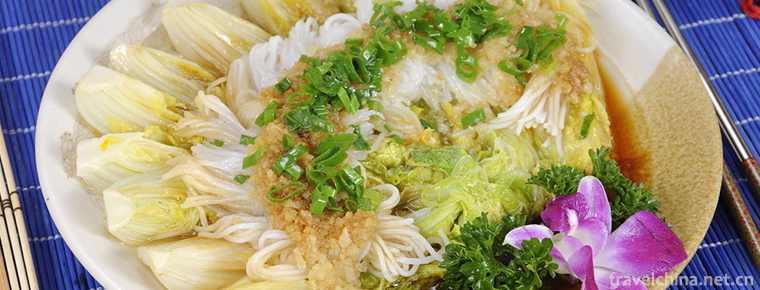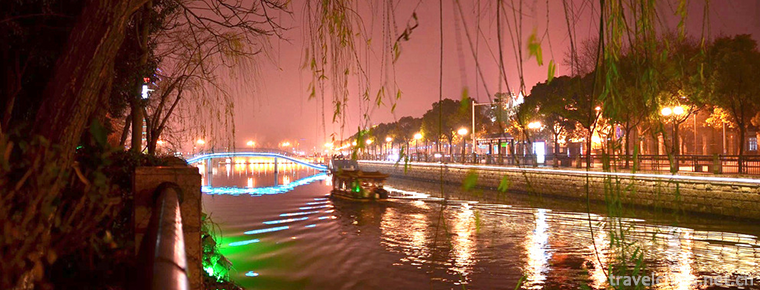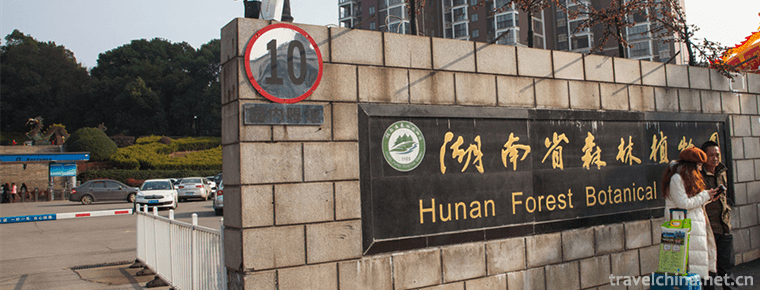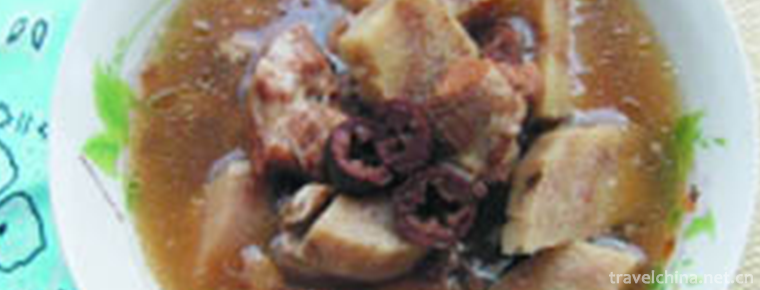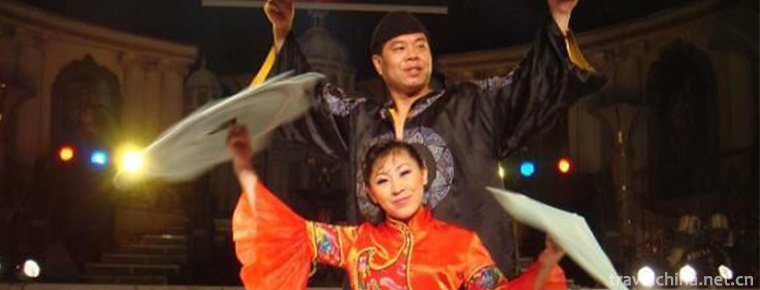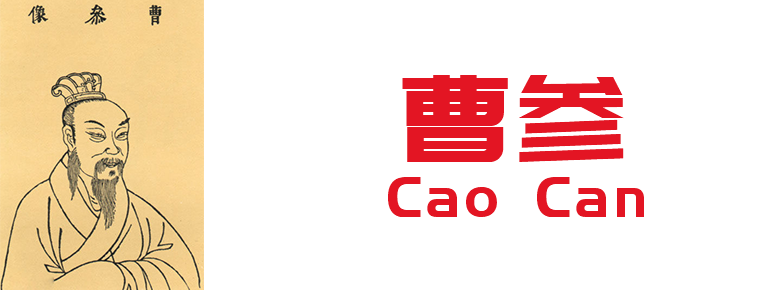Firing Techniques of Jizhou Kiln Ceramics
Firing Techniques of Jizhou Kiln Ceramics
Jizhou kiln is a treasure of the traditional Chinese ceramic crafts. As a world-famous comprehensive ceramic kiln in Jiangnan (Ji'an, Jiangxi), it has strong local style and artistic characteristics of the Han nationality. The rich firing experience and skilled craftsmen of Jizhou kiln have played an important role in promoting the development of the porcelain industry in Jiangxi area. Jizhou ancient kiln rose in the late Tang Dynasty, flourished in the Song Dynasty and declined in the late Yuan Dynasty. It was named after the place. Because Yonghe was also governed by Dongchang County at that time, it was also named Dongchang kiln and Yonghe kiln. Jizhou kiln products are exquisite and rich, especially the black glazed porcelain (also known as Tianmu glazed porcelain) products. Its original "Wooden Leaf Tianmu", "Paper-cut and decals Tianmu" and "Tortoise Tianmu" are well known at home and abroad. Glaze spraying, Tiger Skin and Tianmu are also the landmark varieties of Jizhou kiln.
Bian Xianghe has known about Jizhou kiln in the development of Chinese ceramics. He pointed out that Jizhou kiln is of great significance in the development of Chinese ceramics. Jizhou kiln not only melts the porcelain making technology of Central Plains, but also paints the local human interest of Jizhou on the porcelain, and has new changes in the shape and mechanism of the porcelain, which makes Jizhou kiln an important category of Chinese ceramics and makes it ancient. Royal nobles in Europe and the Middle East fell in love with Jizhou Porcelain.
History of Jizhou Kiln
Jizhou kiln is one of the well-preserved ancient kiln sites in China. It began in the late Tang Dynasty, flourished in the Five Dynasties, the Northern Song Dynasty, flourished in the Southern Song Dynasty, and declined in the late Yuan Dynasty. It has a history of more than 1200 years. In the Song Dynasty, Yonghe Ceramic Industry flourished, "Three Cities in Pifang Lane Street" and "Seventy-two Flower Streets". There are thousands of brocade shops, more than ten thousand on a hundred-foot floor. Jizhou kiln is one of the production centers of black glaze and glaze in ancient China. There are many kinds of porcelains produced, and more than 120 kinds of porcelains have been found. According to fetal glaze, it can be divided into blue glaze, opalescent glaze, green glaze, black glaze, painted porcelain, sculpture porcelain and glassware.
Jizhou kiln occupies a very important position in the history of Chinese ceramics. It has made great achievements in promoting the production of ancient Chinese ceramics and accumulating production techniques.
Jizhou kiln was built in the late Tang Dynasty, flourished in the Five Dynasties and Northern Song Dynasty, flourished in the Southern Song Dynasty, and declined in the late Yuan Dynasty. It has a history of more than 1200 years. According to the Records of Dongchang, from Yonghe Town to the Five Dynasties, the people gathered in their land and cultivated and Taoyan. By the Song Dynasty, the porcelain industry was flourishing. There were thousands of households in the three cities of Pifang Lane Street and Jinxiu Pavilion. There were more than 10,000 houses on 100-foot floors, with the characters of Lian Dian Jun, showing the prosperity of "people and things are flourishing, and the spoke of boats and carriages", and Yonghe Town became one of the three towns in the world. Ancient pottery pieces and kiln utensils are still everywhere. Long streets and alleys with various patterns paved with blocking altars and kiln bricks are crisscrossed, and the ancient pottery city still retains its features.
Jizhou kiln ceramics was one of the most important commodities in Song and Yuan Dynasties of China. It made great contributions to promoting trade and cultural exchanges between China and other countries in the world. Many museums and collectors around the world have precious products of Jizhou kiln. In 1975, a Chinese Ceramic Exhibition unearthed in Japan was held at the Tokyo Museum. Rabbit, partridge and tortoise spots in Jizhou kiln became handed down treasures. Paper-cut decals and decals collected in Japan were praised as national treasures. In 1976, a Chinese Yuan shipwreck bound for Korea and Japan was found in Xin'an Sea. More than 15,000 pieces of ancient Chinese ceramics were salvaged from the shipwreck, many of which were fired in Jizhou kiln. The 42 pieces of Jizhou kiln pottery on display at the Central Museum of Korea are considered rare. The white bottles of phoenix head from Jizhou kiln in the British Museum can be regarded as the special objects of porcelain, while the wooden leaf Tianmu Calendula is listed as a national treasure.
Since the establishment of Jizhou Kiln Ancient Ceramics Research Institute and Jizhou Ceramics Factory in 1982, the precious products of Jizhou Kiln have been gradually restored. Some antique porcelain and display porcelain have entered the United States, Britain, France, Japan and other countries.
Protection of Jizhou Kiln
The County of Ji'an City listed "Protecting and Developing Jizhou Kiln" as one of 21 major events in 2004, and built it into a famous kiln tourist area of historical and cultural towns in central Jiangxi Province, so that more people can see the elegance of the millennium-old kiln.
Jizhou Kiln, located on the west side of Yonghe Town, Ji'an City, is a famous folk porcelain kiln in Song and Yuan Dynasties. The 24 kiln packages left in the kiln are like hills and hills, rich in cultural relics. It is the largest known group of ancient kiln packages in the world. In 2001, Jizhou kiln was listed as a national key cultural relic protection unit, and ready to declare the world cultural heritage.
In order to protect this millennium old kiln, Ji'an City has formulated a scientific plan for the protection of Jizhou kiln sites, and allocated special funds every year for the protection and development of Jizhou kiln. Yonghe Town, where the kiln site is located, often joins the county's cultural relics protection department to go deep into the protected area, do a good job in propaganda work, strictly prohibit excavation and construction, and establish mass protection organizations and special patrols to strengthen night patrol prevention, crack down on and stop the theft of cultural relics.
Kiln specimen of Jizhou
Every important kiln mouth specimen is a necessary learning item for our beginners. It can more intuitively let us understand the texture of Jizhou kiln mouth, kiln glaze, and feel, etc.
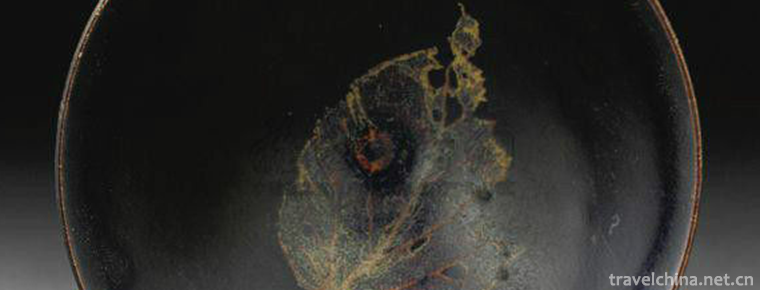
-
Lake Manasarovar
Ma Pang yongcuo is 35 kilometers east of the town of Pu Lan county.
Views: 172 Time 2018-10-12 -
Vegetable party
Vegetable party (alias Su Chunjuan) is one of the common local traditional snacks in Guiyang. It can be seen almost everywhere in the streets of Guiyang. This dish is crisp.
Views: 175 Time 2018-11-05 -
Hao River
Haohe River surrounds the old city of Nantong, like a gourd, like a Pearl chain, known as the "emerald necklace" of Nantong City. It is a national 5A tourist attraction..
Views: 189 Time 2018-12-06 -
Hunan Forest Botanical Garden
Hunan Forest Botanical Garden, also known as Tianjiling National Forest Park and Changsha Botanical Garden, was established in 1985 with the approval of Hunan Provincial People's Government and is und.
Views: 78 Time 2019-01-16 -
Eight claw Fish Powder Pueraria Decoction
500 grams of Pueraria Thunb, 50 grams of octopus, 400 grams of pork legs, four candied dates, and 1/6 peel..
Views: 131 Time 2019-03-27 -
Bouyei Leyou
Le You and Le Lang are Buyi oboe gas song instruments. They resemble suona, bowl-less, insect whistle playing, bright and sweet timbre. It can be used for Solo or singing accompaniment.
Views: 165 Time 2019-04-04 -
Duet in Northeast China Errenzhuan
Errenzhuan, historically known as small Yangko, double play, bouncing, also known as the mouth, double side songs, Fengliu, Spring Song, half-class opera.
Views: 175 Time 2019-04-27 -
Circus
Circus is one of the acrobatics. Originally, it refers to the performance performed by people on horses. Now it is a general term for the performance of various wild animals and domesticated birds. It.
Views: 131 Time 2019-05-16 -
Panzhihua College
Panzhihua College is the only comprehensive undergraduate college in southwest Sichuan and northwest Yunnan, where the Ministry of Education locates. The school is located in Panzhihua City, a famous .
Views: 256 Time 2019-08-31 -
Cao Can
Cao Can(? - 190 BC) , Han nationality Peixian people In the Western Han Dynasty, the founding fathers and famous generals were the following. Xiao He Later, the second dynasties in the Han Dynasty wer.
Views: 285 Time 2019-09-15 -
The announcer Ding Zhen will not be on duty until half a year later
On December 6, just after yesterday's live media broadcast, Ding Zhen met with more than 20 fans from all over the country to take photos at noon. Ding Zhen is no longer as shy and helpless as he was when he first met a stranger. After half a month's popularity,.
Views: 113 Time 2020-12-06 -
Deyang secondary industry
In 2018, the total industrial added value of Deyang City was 101.28 billion yuan, an increase of 9.8% over the previous year. By the end of the year, there were 1376 Industrial Enterprises above Designated Size, and the added value of industries above.
Views: 321 Time 2020-12-14

